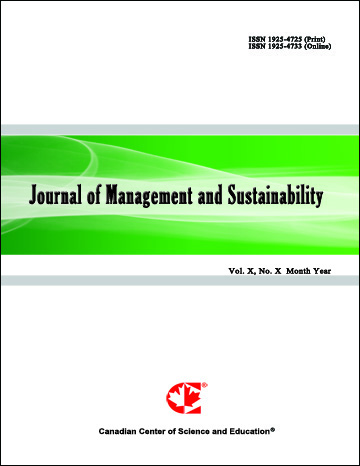Analysis of the Applicability of the BIM Methodology to the Management of Municipal Public Infrastructure
- Valdemir Nery Santana Júnior
- Márcia R. O. B. C. Macedo
- Emilia Rahnemay Kohlman Rabbani
Abstract
This study investigates the applicability of the Building Information Modeling (BIM) methodology to the management of public infrastructure projects, focusing on medium-sized municipalities. To achieve this, its methodological approach consists of a systematic review of international and national literature, combined with a case study of a city hall in the Southern Agreste region of Pernambuco. The systematic review highlights that BIM offers advantages such as interoperability, three-dimensional visualization, integration with emerging technologies, support for predictive maintenance, sustainability, and increased efficiency. It also identifies the main factors that are critical to implementation in public institutions, such as a lack of technical capacity, high initial costs, institutional resistance, lack of specific regulations, and difficulties in interoperability with legacy systems. The case study, in turn, reveals that the city hall under analysis has a low degree of digital maturity, a lack of technical knowledge about BIM, and budgetary constraints, despite demonstrating interest and institutional openness to its adoption. The practical application of the model makes it possible to map the current stage of BIM adoption, identify local barriers, and propose guidelines adapted to the municipal context, such as training schedules, stages of technical collection digitization, and strategies for public procurement that require BIM models. The results indicate that, even in the face of constraints, it is possible to develop a progressive plan for implementing the methodology, provided that there is institutional support, clear public policies, and investment in training. It is concluded that BIM can significantly contribute to the modernization of public infrastructure management, provided it is contextualized to local limitations and potential, and it is recommended as a strategic tool for strengthening municipal governance and improving the quality of public works.
- Full Text:
 PDF
PDF
- DOI:10.5539/jms.v15n2p148
Journal Metrics
Google-based Impact Factor (2021): 1.54
h-index (July 2022): 37
i10-index (July 2022): 147
h5-index (2017-2021): 12
h5-median (2017-2021): 19
Index
- Academic Journals Database
- ANVUR (Italian National Agency for the Evaluation of Universities and Research Institutes)
- CAB Abstracts
- CNKI Scholar
- EconBiz
- Excellence in Research for Australia (ERA)
- GETIT@YALE (Yale University Library)
- Harvard Library
- HeinOnline
- Infotrieve
- JournalTOCs
- LOCKSS
- MIAR
- PKP Open Archives Harvester
- RePEc
- Scilit
- SHERPA/RoMEO
- Stanford Libraries
- UCR Library
Contact
- Evelyn XiaoEditorial Assistant
- jms@ccsenet.org
